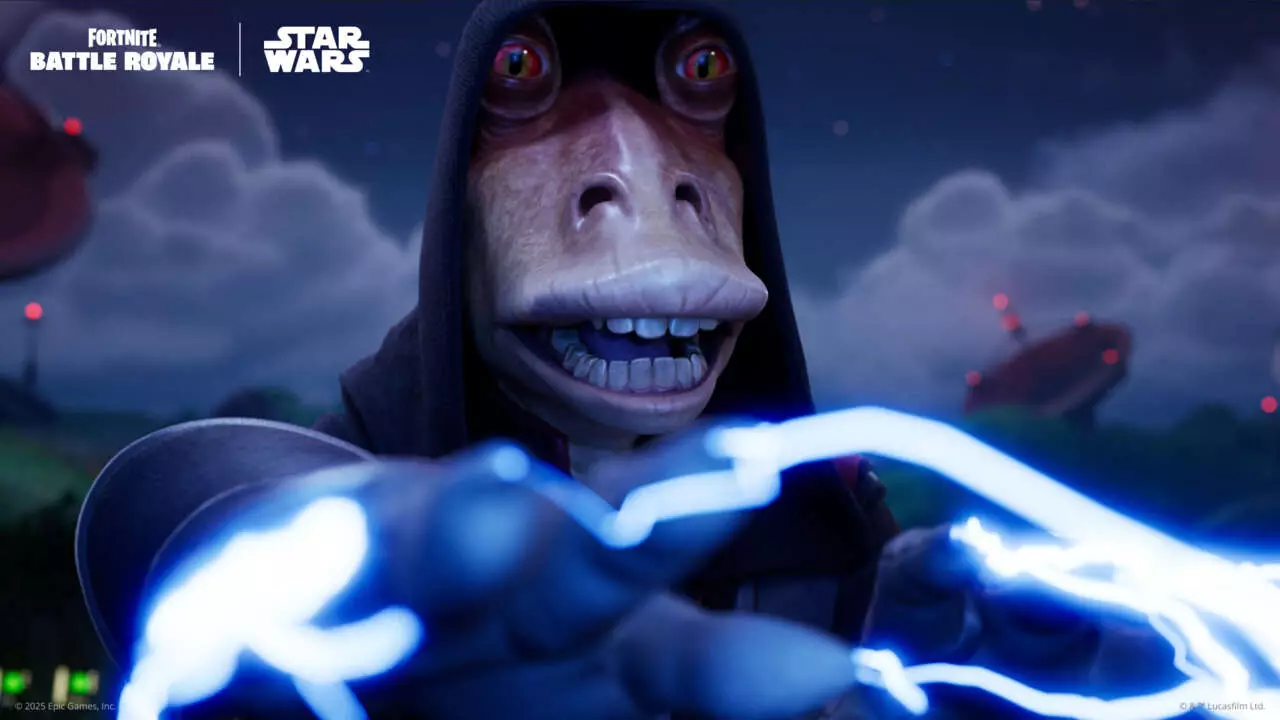Epic Games is once again making waves in the gaming community, especially for mobile gamers eagerly awaiting the return of their favorite titles on iOS after a prolonged absence of five long years. The long-standing feud with Apple, particularly over payment systems, left many fans disappointed and frustrated. Now, Epic’s resurgence is marked not just by the reintroduction of popular games like Fortnite, Rocket League, and Fall Guys, but also by an unprecedented incentive that promises to reshape how players engage with these titles.
Unpacking the 20% Cash Back Offer
In a bold and strategic move, Epic Games has rolled out a significant cash-back program that offers an enticing 20% rewards credit on all purchases made through its payment system within the Epic Games Store (EGS). This limited-time offer not only surpasses the usual 5% reward rate but is designed to encourage players to utilize Epic’s own payment methods rather than relying on Apple’s App Store, which infamously deducts a hefty 30% from purchases.
While 20% may initially sound exorbitant, it is a calculated strategy by Epic to streamline transactions and keep players invested within their gaming ecosystem. For instance, a $70 game purchase would return a generous $14 in credit for future use, a compelling incentive that increases the appeal of buying directly from Epic rather than through Apple’s channels. The ripple effect of this will likely be felt through increased engagement as players benefit from discounts on future purchases, leading to a cycle of loyalty and continued spending.
Fortnite’s Cash Back Mechanics
The execution of this cash-back system appears seamless. Once players choose to buy V-Bucks on iOS, they are presented with the option to pay through either Apple or Epic’s payment avenues. By opting for Epic, customers can see their potential rewards in real-time—a feature designed to make this decision easy and enticing. However, it’s crucial to note that while players can earn rewards through Epic’s platform, they cannot use those credits toward subscription services, such as Fortnite Crew, which is a missed opportunity for some users looking to maximize their benefits.
This design aspect raises questions about the long-term viability of such rewards. Would gamers feel frustrated by the restrictions on how they can spend their hard-earned credits? Or will the appeal of accumulating cash back on future purchases outweigh these limitations? The impact of these policies and their reception by the gaming community will undoubtedly shape future strategies for rewards and customer engagement.
Epic’s Strategy Behind the Move
Epic’s motivations extend beyond merely sweetening the deal for players; it is a strategic maneuver to redirect the flow of revenue from third-party platforms back to its own ecosystem. By incentivizing direct purchases, Epic diminishes Apple’s power and influence over its sales. This offer not only aims to recoup lost players during the five-year hiatus but also seeks to fortify player loyalty against upcoming competition, particularly as gaming on mobile devices continues to evolve rapidly.
It’s a clever approach that can influence purchasing behaviour significantly. By offering rewards that must be spent within their ecosystem, Epic Games is not just incentivizing purchases; they are actively working to cultivate a dedicated community of players who are less likely to stray to competing platforms or games.
The Broader Implications for the Gaming Industry
The ramifications of this offer extend far beyond Epic Games and its titles. It sets a precedent for how mobile gaming can evolve in an era increasingly influenced by corporate juggernauts like Apple and Google. By circumventing the hefty fees charged by these platforms and offering tangible rewards, Epic could trigger a shift in how other gaming companies approach their payment structures and reward programs.
As gaming continues to transcend traditional boundaries, strategies like these may redefine consumer expectations, shaping how future interactions between developers, publishers, and players unfold. It invites the question: how will competitors respond? With increasing scrutiny on revenue shares and player satisfaction, other companies may feel pressure to adapt and innovate their own purchasing systems.
In sum, the 20% cash-back offer is more than just an incentive; it is a masterstroke in Epic’s ongoing narrative against monopolistic practices in the mobile gaming sphere. With players now empowered to engage directly in their favorite games, the long-term success of this initiative could inspire a new era of consumer-friendly practices within the gaming industry.


Leave a Reply